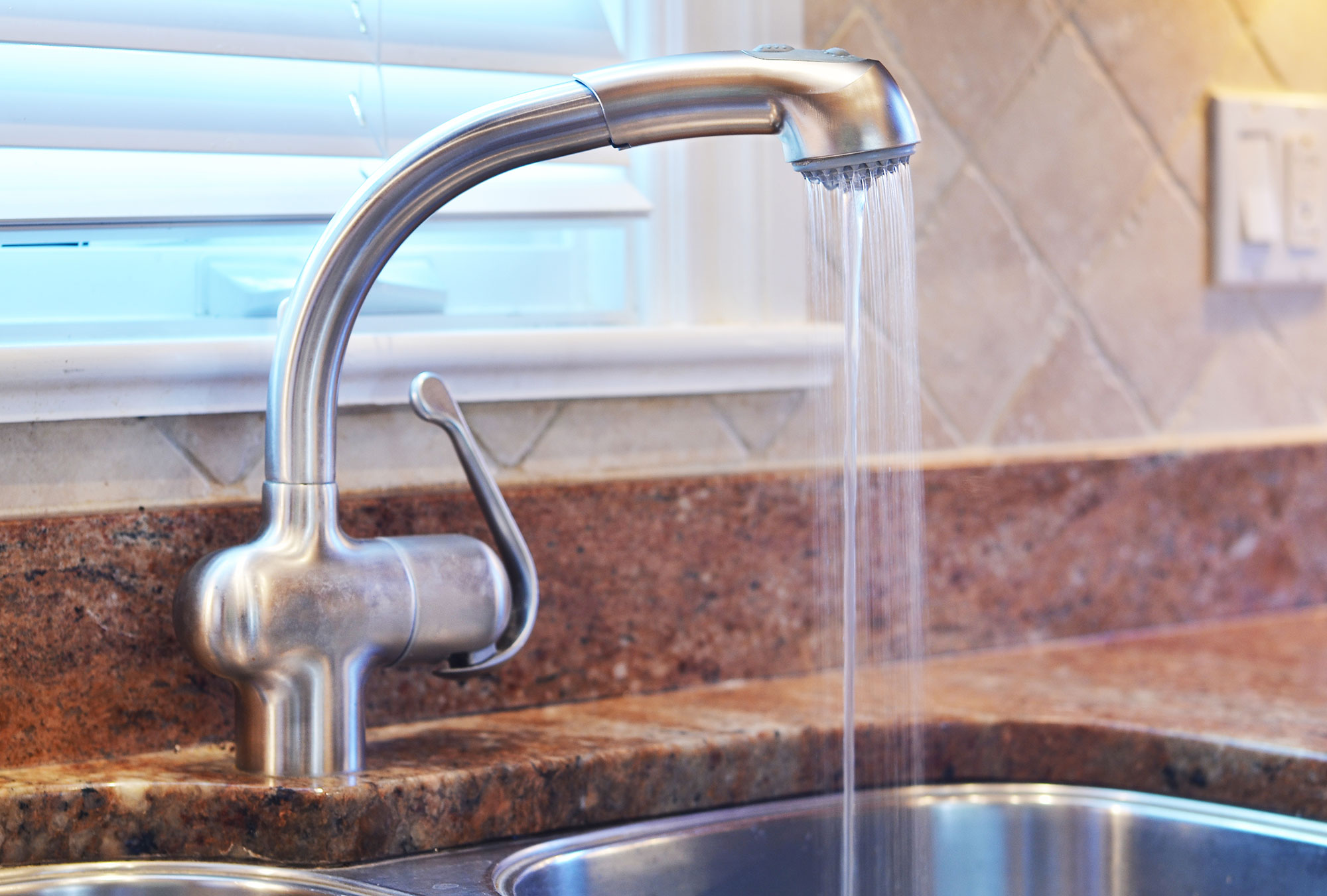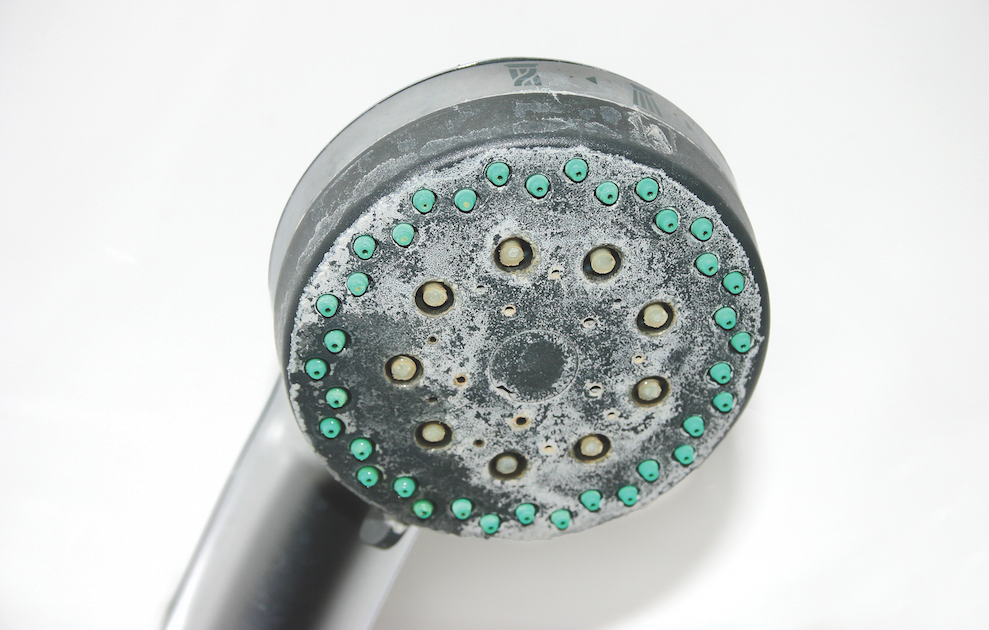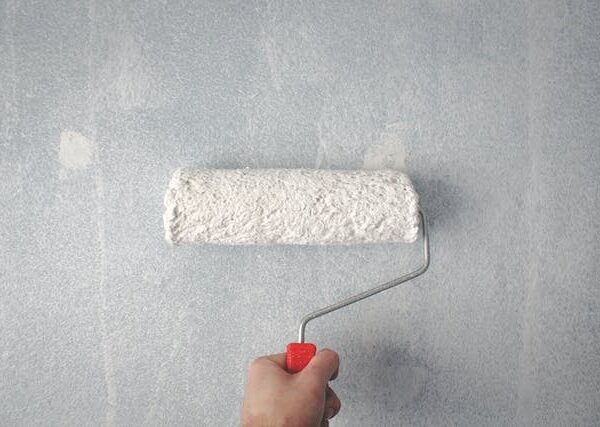How to get rid of limescale in your home
Limescale is a threat to cleanliness in any home. Commonly found in hot-water environments, you’ll have probably spotted it if you’ve ever looked inside a well-used kettle.
What is it? Limescale forms on your taps, shower heads, kettles and any surface where hard water is heated. It is the hard, off-white, chalky substance that can seriously impair the performance of other components. For instance, it can limit the liquid flow and the thermal conductivity in pipes.
Hard water is a problem for over 60% of England. The UK water industry’s trade body, British Water, has calculated that a family of four produces 70kg of limescale a year through their water usage.
Problem Areas + Solutions
Kitchen: Your washing machine and dishwasher can get clogged with limescale. Use either vinegar or lemon juice in place of your standard detergent and run a cycle to help clear the washing machine. For a dishwasher, pour the solution into the base of the machine.
Kettle: Your kettle is a prime culprit for limescale build-up. Eliminate it by quarter-filling the kettle with lemon juice. Leave it for 60 minutes then top the kettle up with water and bring to a boil. Pour it away and then rinse repeatedly. If you’re like me and enjoy a morning coffee (or two) the effects of limescale on drinking water can be immense, not only in terms of flavor, but in terms of health, too. While there’s a debate, still raging, about whether or not limescale has effects on our health, I personally don’t think it can have any health benefits, so I prefer to eliminate it from my kettle, ensuring the best tasting and healthiest water possible.
Taps: Your taps and faucets can be tough to descale, as you need to keep either lemon juice or vinegar in constant contact with the taps. To accomplish this, you’ll need to soak the tap in vinegar and then wrap it with a tea towel, which will keep the liquid in contact with the tap. In smaller, trickier areas such as the tap handle, you’ll need to use a smaller pad to hold the liquid in place.
Tiles: Limescale on flat surfaces is easy to remove. Just scrub gently with either vinegar or lemon juice to get your floors back to normal.
Showers: The tiles and mechanism of your shower is prone to limescale. This can generally be wiped away with a good scrubbing using vinegar or lemon juice. You should also use this on your shower head – another area prone to scale build-up.
Boilers: The boiler in your home can be a magnet for attracting limescale. The heat exchanger in a boiler can create limescale deposits in both the exchanger and the pipework – and the closed nature of a boiler means you often cannot see the damage. This increases your energy consumption figures and can result in a costly bill.
Due to the design of a boiler, ridding it of limescale can be a headache. Combimate is a plumbed-in polyphosphate scale inhibitor solution that lasts a lifetime and helps reduce limescale by coating the pipes and inner workings of your boiler with harmless combiphos. Considering it costs just £152, it can be a great choice for helping reduce rising heat costs.






